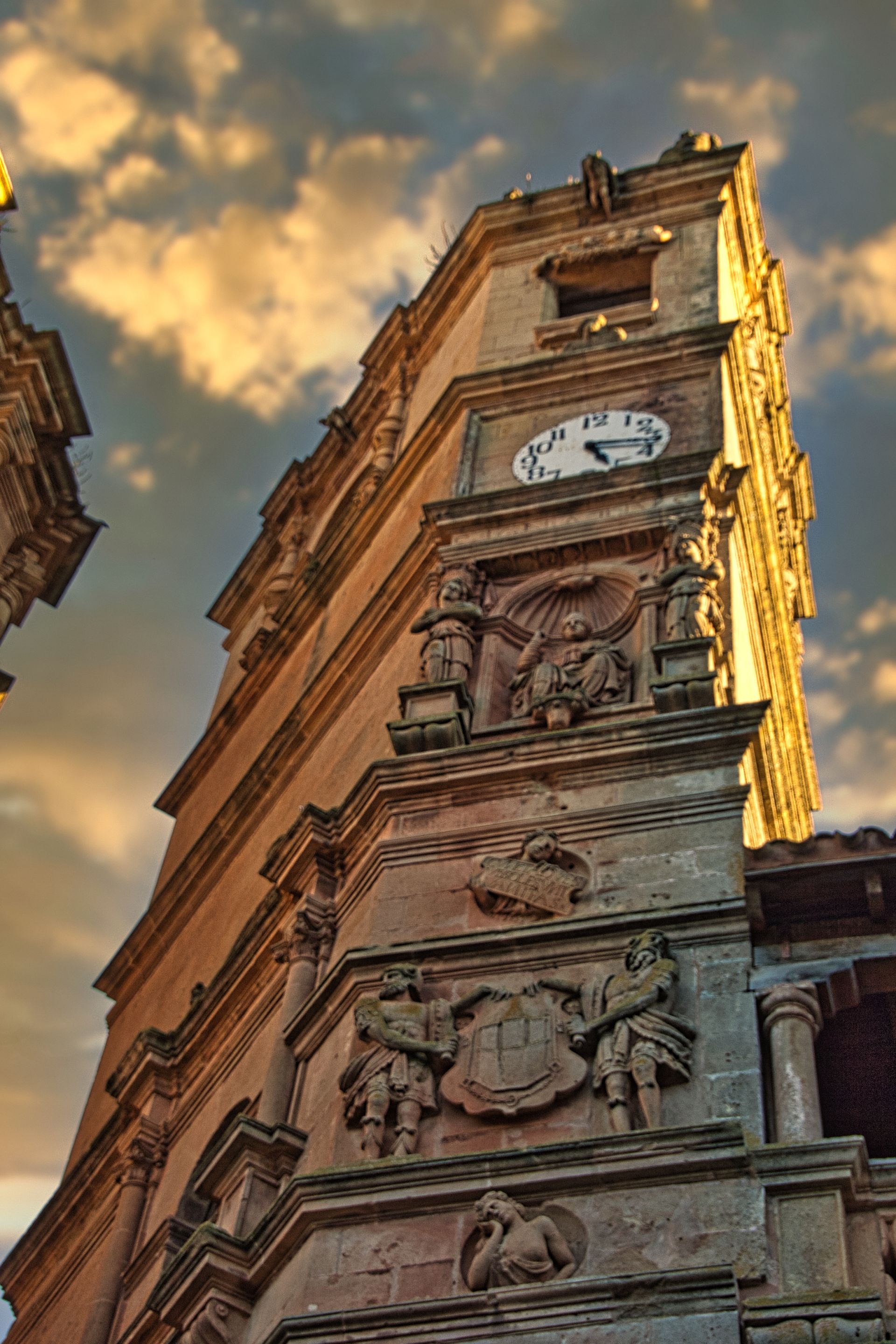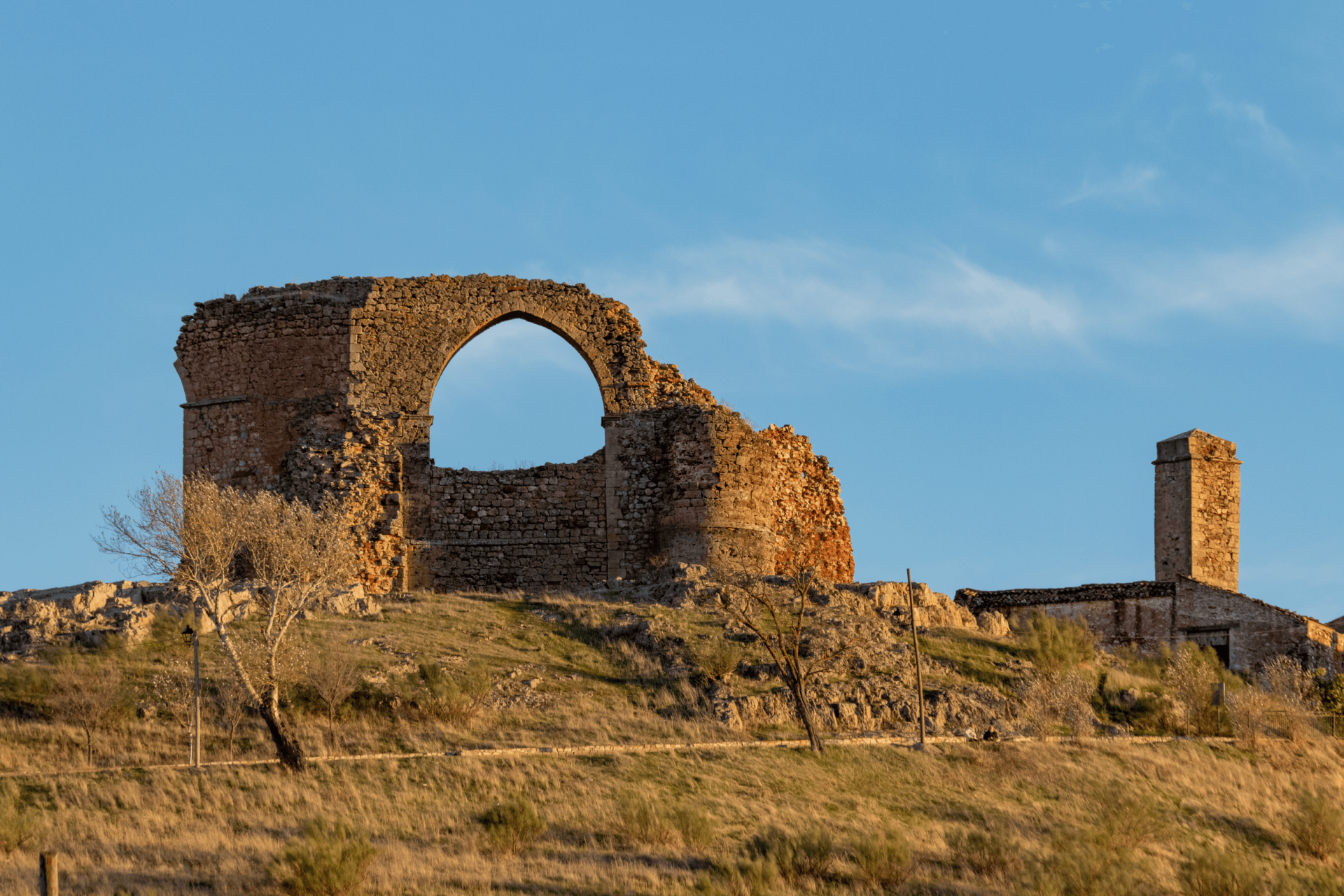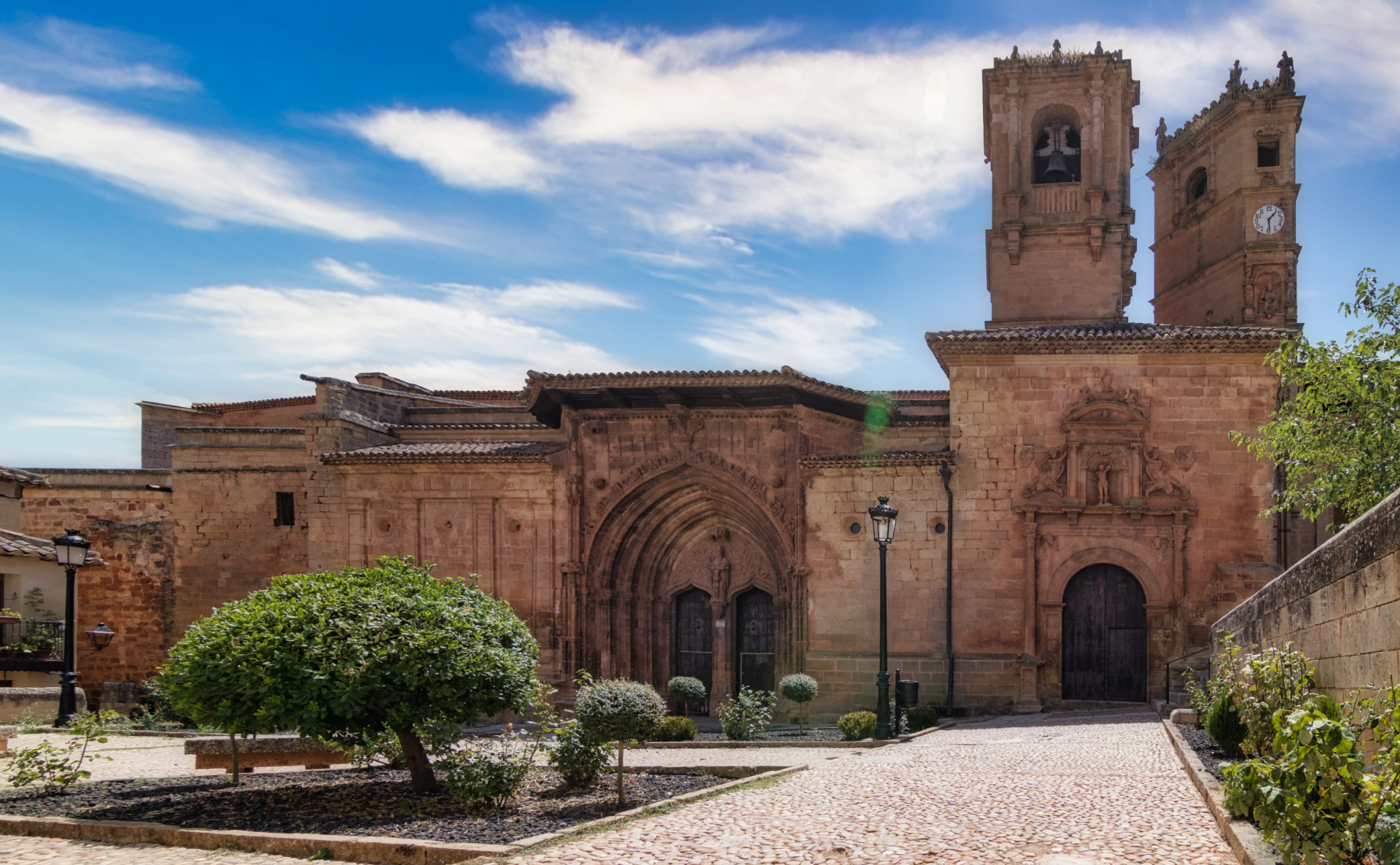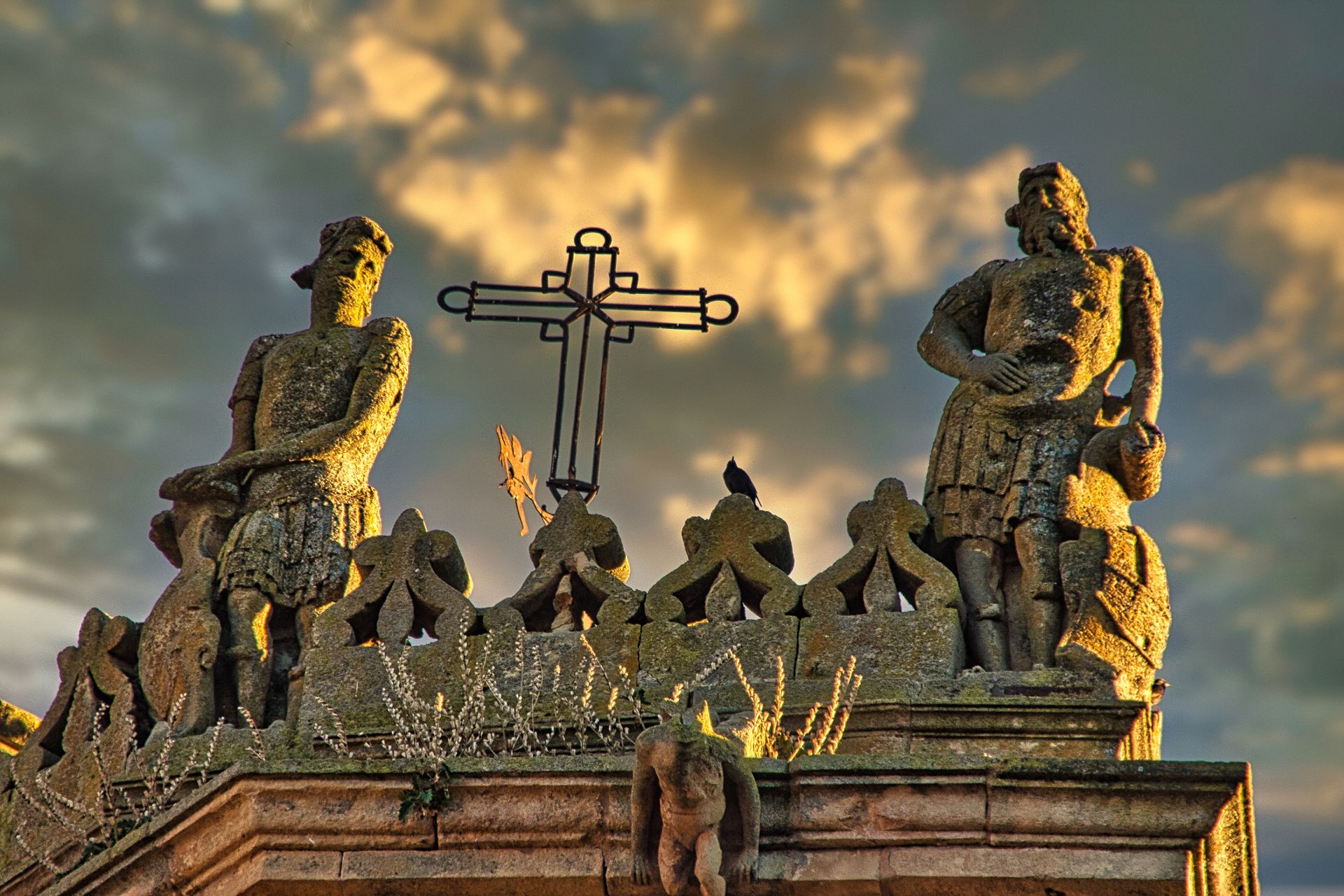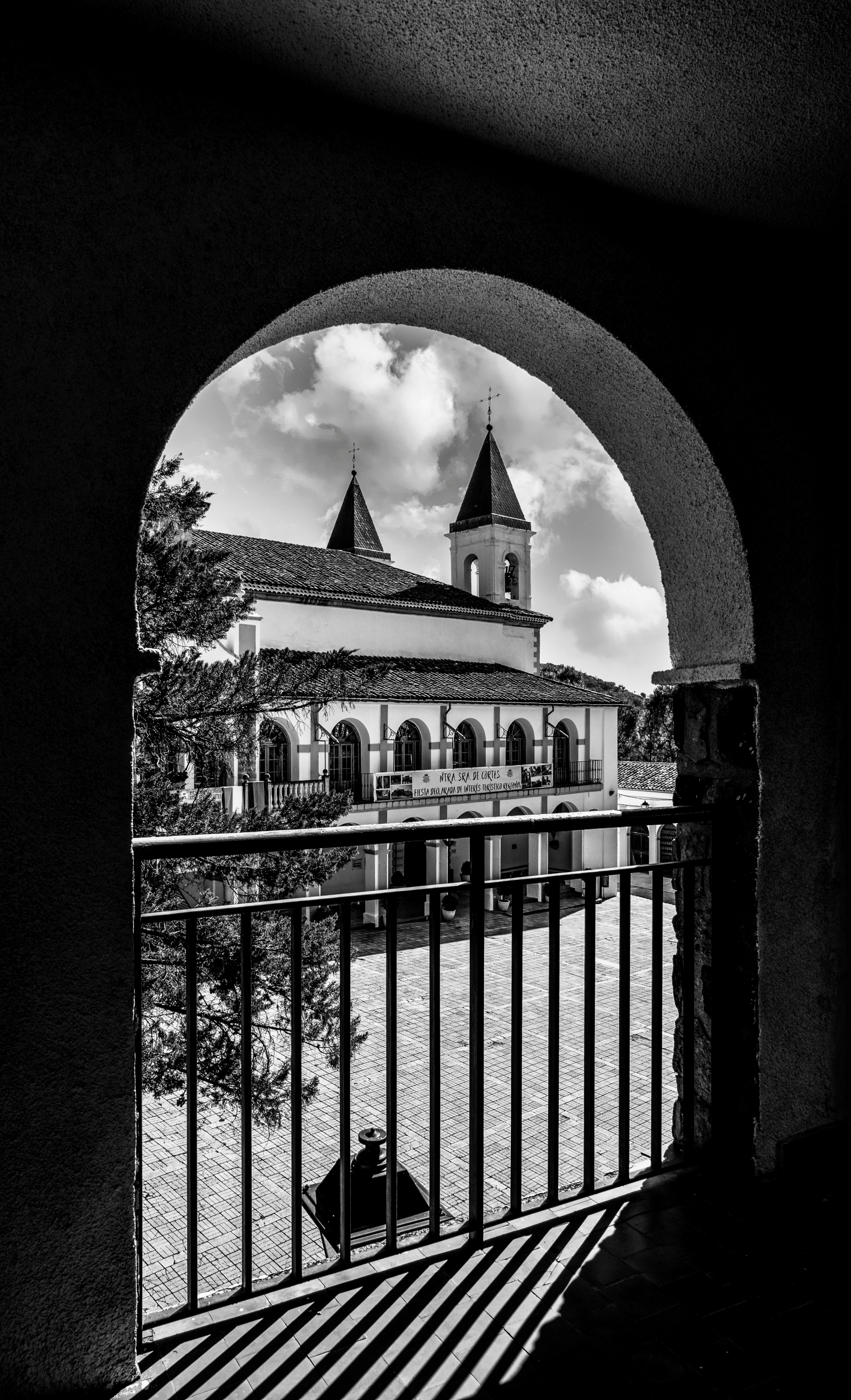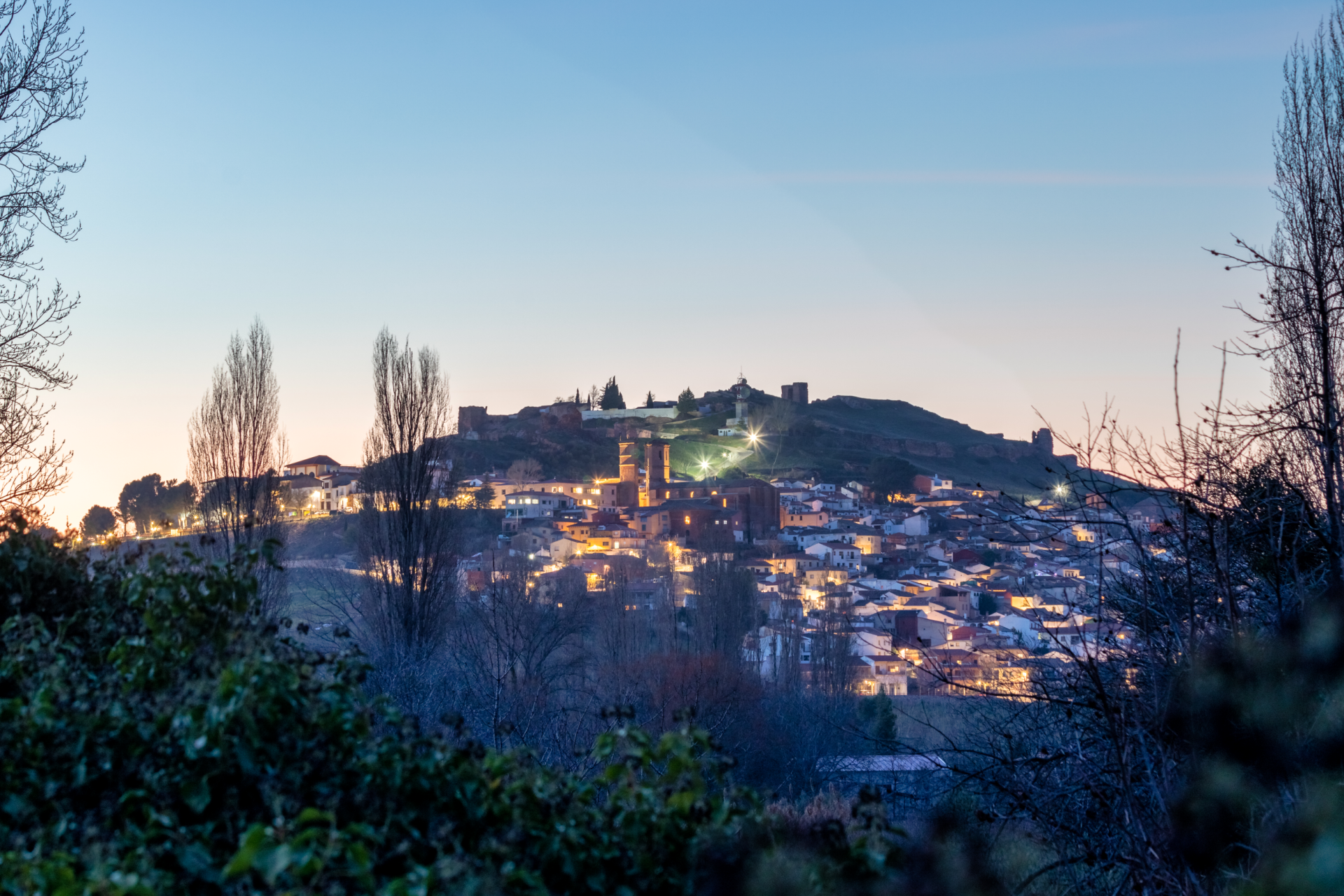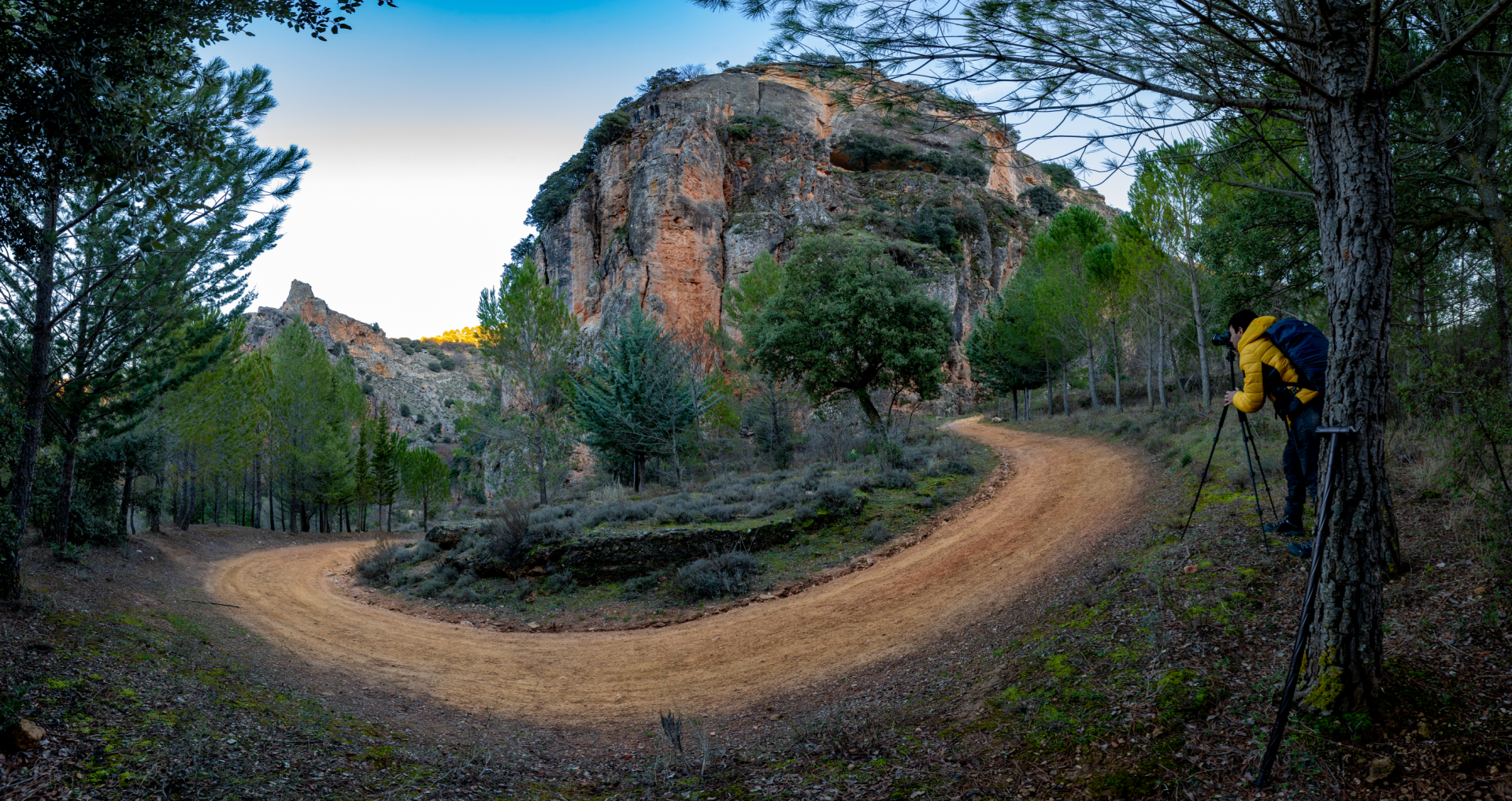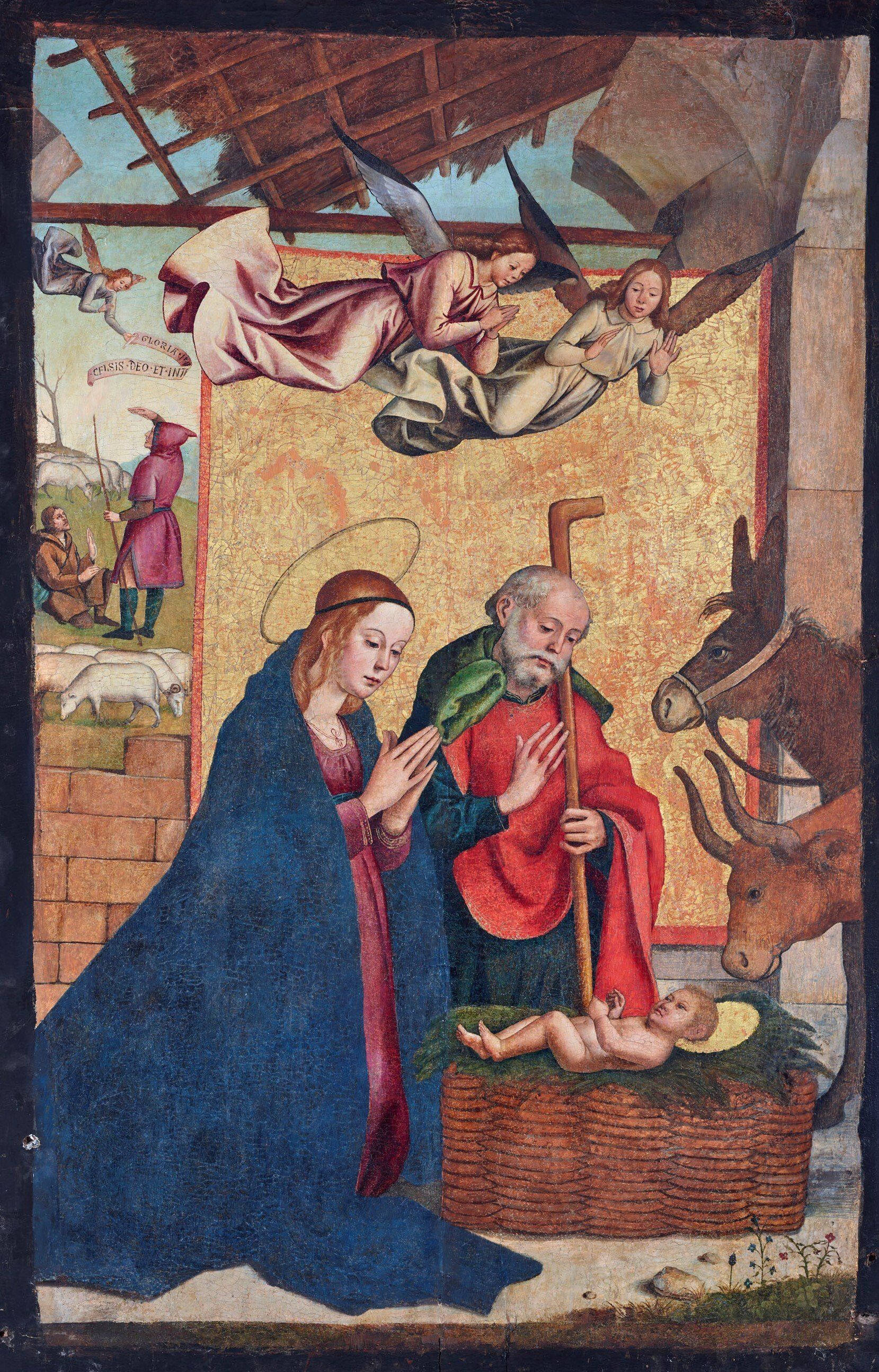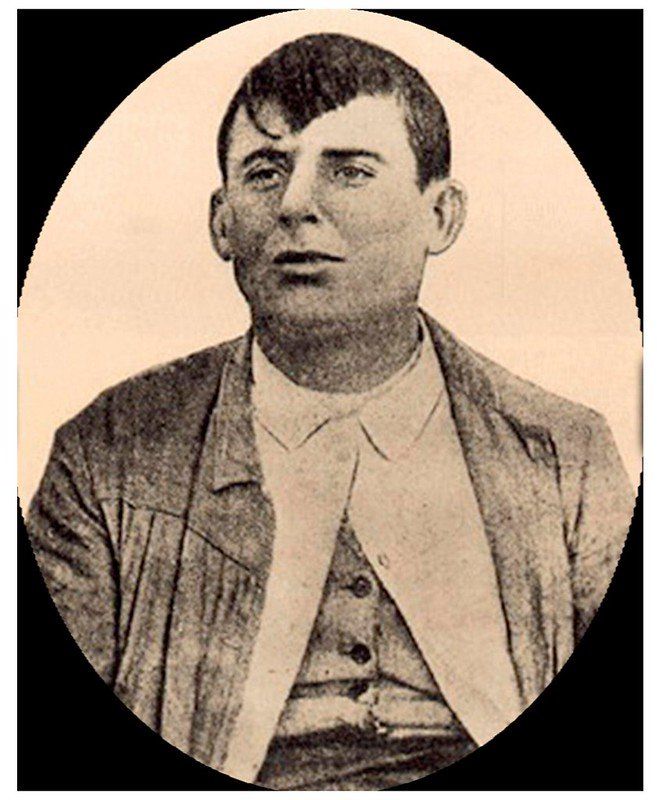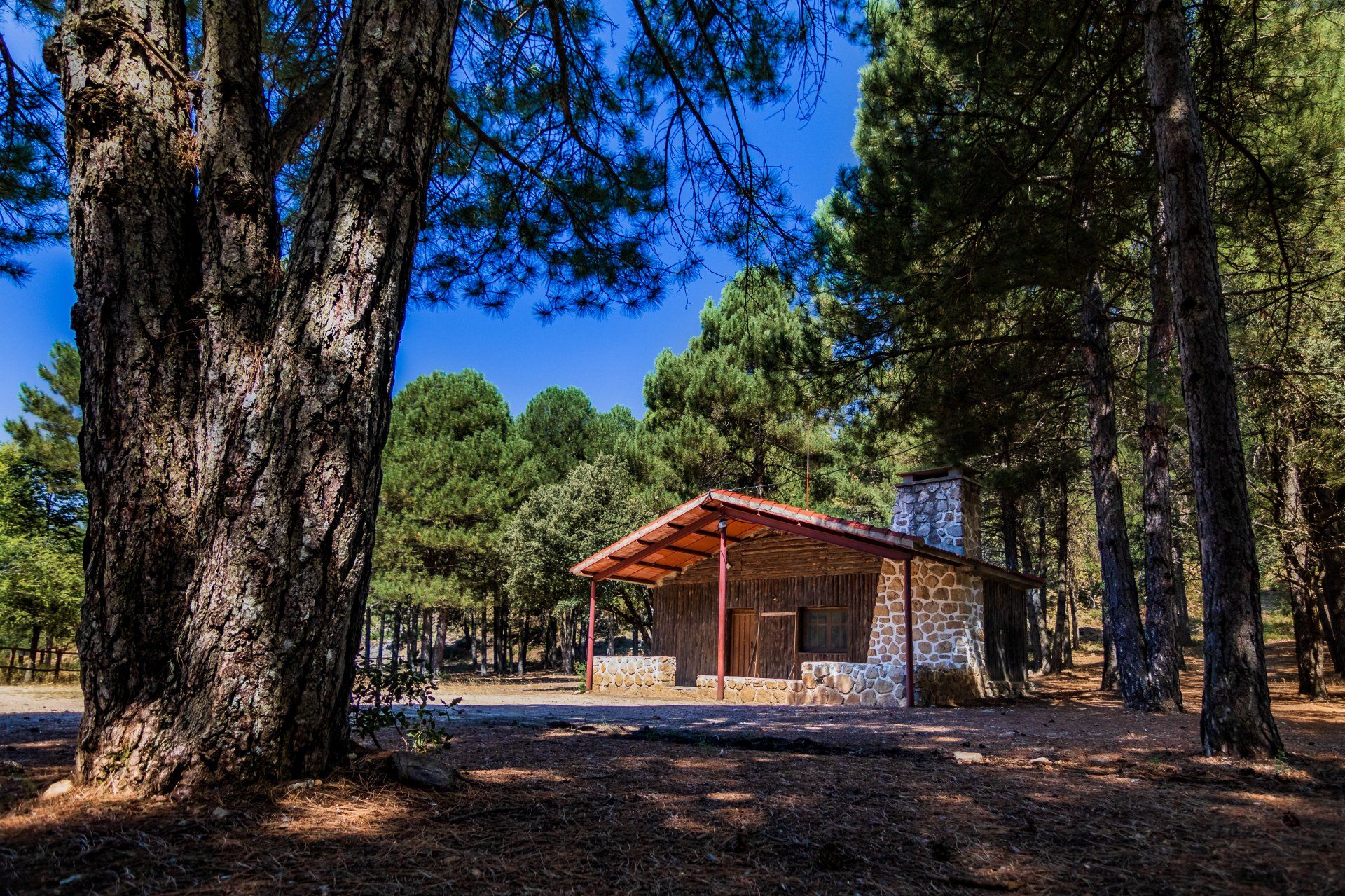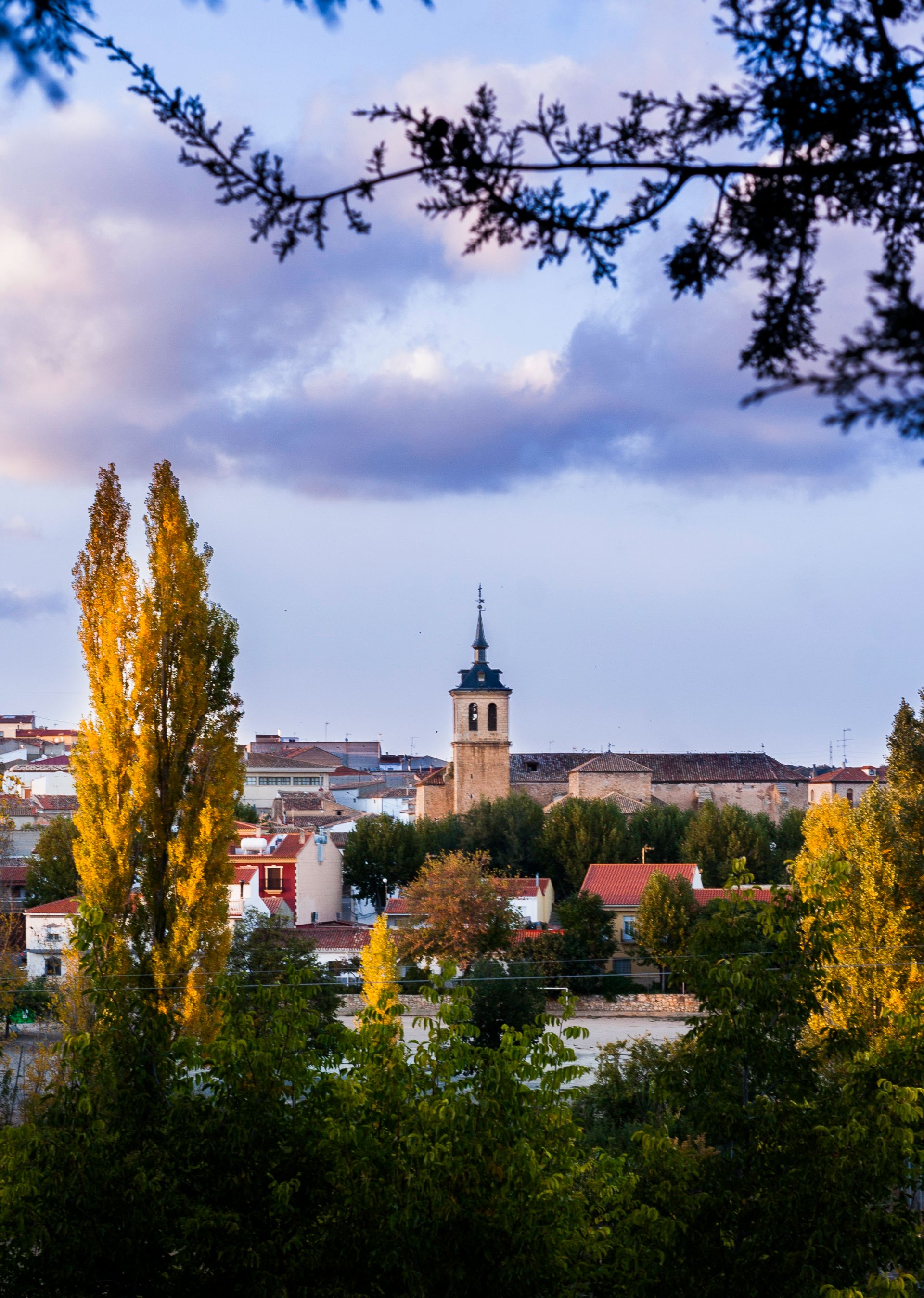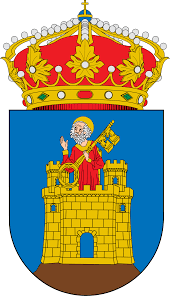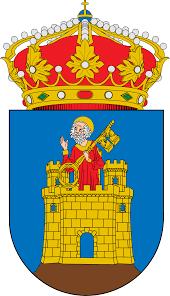Alcaraz

The Village
Alcaraz is a town located 81 km away by road from Albacete. It currently has a population of around 1,300 inhabitants. Alcaraz has played a very important role in history. All the civilisations that have passed through the Peninsula have left their mark on this town. However, it was the Muslims who left the greatest legacy, from its name "Alcaraz", which means the consecrated or the cherry tree, the castle, which was the ancient pass towards the Kingdoms of Granada and, above all, the art of making carpets, which bear the same name as the town "Las alfombras de Alcaraz de Nudo Español", and which are still being made today, following the tradition of the past.
The medieval importance of the town justifies the legend on its coat of arms: "Head of Extremadura and Key to all of Spain". The town was declared a Historic Site in 1979 due to the extent of its heritage values, among which the Plaza Mayor, the Tower of El Tardón and the Church of La Trinidad and its Tower stand out. Today Alcaraz is one of the municipalities with the greatest tourist resources in the province.
Things to See
Alcaraz stands out for the abundance of its heritage. Tourists should not miss the Plaza Mayor, Alcaraz's main landmark, together with its two towers of the Trinidad and the Tower of El Tardón. The Church of Trinidad (its main altarpiece with paintings by the Renaissance painter Juan de Borgoña is a must), the Church of San Miguel, the remains of the Castle of Alcaraz, the Alhorí Gate (the first accredited work of the famous local architect Andrés de Vandelvira), the Main Street and the Convent of San Francisco are some of the places to visit. Also of interest is the exhibition dedicated to the handmade production of carpets located in the Tourist Office, next to the square. If you visit Alcaraz, don't forget to visit the Sanctuary of Cortes, one of the most important Pilgrimage Centres on the peninsula, located 7 km from the town.
Alcaraz also offers visitors hiking routes in the heart of nature. An example of this is the
La Molata and Los Batanes Micro-Reserve
and the famous
Vía Verde,
an old railway line running between Baeza and Utiel that was never used and has been converted into a greenway. It is currently 106 km long from Alcaraz to Albacete.
Festivities
There are many and diverse celebrations and festivities that take place in Alcaraz throughout the year. The most important events that we can attend are the following:
- San Antón: 17 January. Weekend after that.
- San Ignacio: 1st February. Local festival, patron saint of Alcaraz.
- La Candelaria: 2 February.
- Medieval Market: Weekend before or after 1 May.
- Mayos in honour of the Virgen de Cortes: 30 April and 1 May.
- Pilgrimage of Virgen de Cortes: 26 August and 8 September.
- Patronal festivities: from 4 to 9 September, in honour of Virgen de Cortes.
Sanctuary of Cortes
Andrés de Vandelvira
Andrés de Vandelvira was one of the greatest architects of the Renaissance in 16th century Spain. His work, internationally recognised, is one of the greatest exponents of the Spanish Renaissance, being an artist of exceptional quality on a par with the greatest masters in the history of architecture.
He was born in Alcaraz in 1505 and when he was barely 18 years old he began to work and train in the quarry in his own town. He was probably greatly influenced in his early years by the high level of building activity that took place in Alcaraz, his native town, which resulted in a large number of works for the Municipal Council, the Church and the local aristocracy.
Vandelvira is considered one of the greatest exponents of Mannerism, an artistic style derived from the Renaissance. His incredible works leave no one indifferent, and most of these monumental constructions can be found in the cities of Úbeda and Baeza. In his work carried out in Alcaraz, apart from the work done in his youthful years, it is worth mentioning his intervention in the "Chapel of San Francisco", in repairs carried out on the aqueduct, the "Clock Tower" colloquially known as "El Tardón", and the Alhorí Gate, the most important work in the Plateresque style in the whole province of Albacete.
Juan de Borgoña
Juan de Borgoña (1470 - Toledo, 1536) has been recognised by art historians as one of the greatest artists in Spain in the transition from the 15th to the 16th century. His prestige was consolidated in the shadow of the patronage exercised by the diocese of Toledo, to which Alcaraz belonged at that time.
The discovery of the presence of Juan de Borgoña as a master in the small town of Alcaraz, in a territory so far removed from the influence of the Primate Cathedral, has been one of the most important artistic events of the last decade. It had been known for some time that in the early years of the 16th century (1502-1505) payments were made to the painter Juan de Borgoña as payment for the construction of this main altarpiece, but it was evident that the eight paintings that could be seen until then did not correspond at all to his style, but rather to 18th-century Baroque works based on models provided by well-known engravings and, in any case, of rather discreet artistic quality. Following the restoration work, it was found that the works contracted by Borgoña were preserved underneath these Baroque paintings and were fully recovered.
The themes of the eight panels that form part of the altarpiece in the Church of Trinidad are: "The Annunciation", "The Birth of Jesus", "The Epiphany", "The Presentation in the Temple", "The Flight into Egypt", "Jesus among the Doctors of the Church", "Weeping over the Dead Christ" and the "Mass of St. Gregory".
Carpets from Alcaraz
The Arabs brought to the Peninsula the millenary technique of hand-knotted carpets. During this period and until the 17th century, the production of carpets in Alcaraz was very important, and having one of its carpets, which were considered the best in the whole of Castile, was a symbol of social prestige. The carpets of Alcaraz were authentic works of art, of a very special plastic beauty, richness and colour composition, combined with a very detailed technique in their production: the Spanish knot.
During the period of greatest splendour of the City of Alcaraz, the carpets, apart from being a first class commercial wealth, were also used by the Council of Alcaraz to give gifts to Kings, great lords and influential personalities. Towards 1920, the increase in the collector's interest and the magnificent esteem of these carpets led to the exportation of many high quality and antique pieces from the country. This led to large foreign collectors and museums acquiring Spanish carpets.
El Pernales
Francisco Ríos González, alias "El Pernales" (Estepa, 23 July 1879 - Villaverde de Guadalimar, 31 August 1907), was the last Andalusian bandit and became famous at the beginning of the 20th century. Recent tradition and popular folklore in Albacete in the 1970s described him as a 'good bandit', even creating a famous romance about him, although this was far from the truth.
His figure is linked to the town of Alcaraz only because of the circumstances of his death. Faced by the Guardia Civil, El Pernales, together with his companion El Niño del Arahal, tried to flee to Valencia and embark for America, for which he decided to leave Andalusia through the sierras of Cazorla, Segura and Alcaraz. In August 1907, near the town of Villaverde de Guadalimar, El Pernales was recognised and reported to the Guardia Civil. On 31 August 1907, in the area of the Tejo stream, near this town, in the depths of the Alcaraz mountain range, both bandits were surprised and after a shootout the two bandits were shot dead. The lifeless bodies of both were taken to Bienservida and later to Alcaraz, where the corresponding judicial process began. Both were buried in the municipal cemetery of Alcaraz, and their tomb can still be seen today, in one of the walls of the cemetery, in the old castle. There is a tradition in Alcaraz that says that their tomb is always found with flowers.


